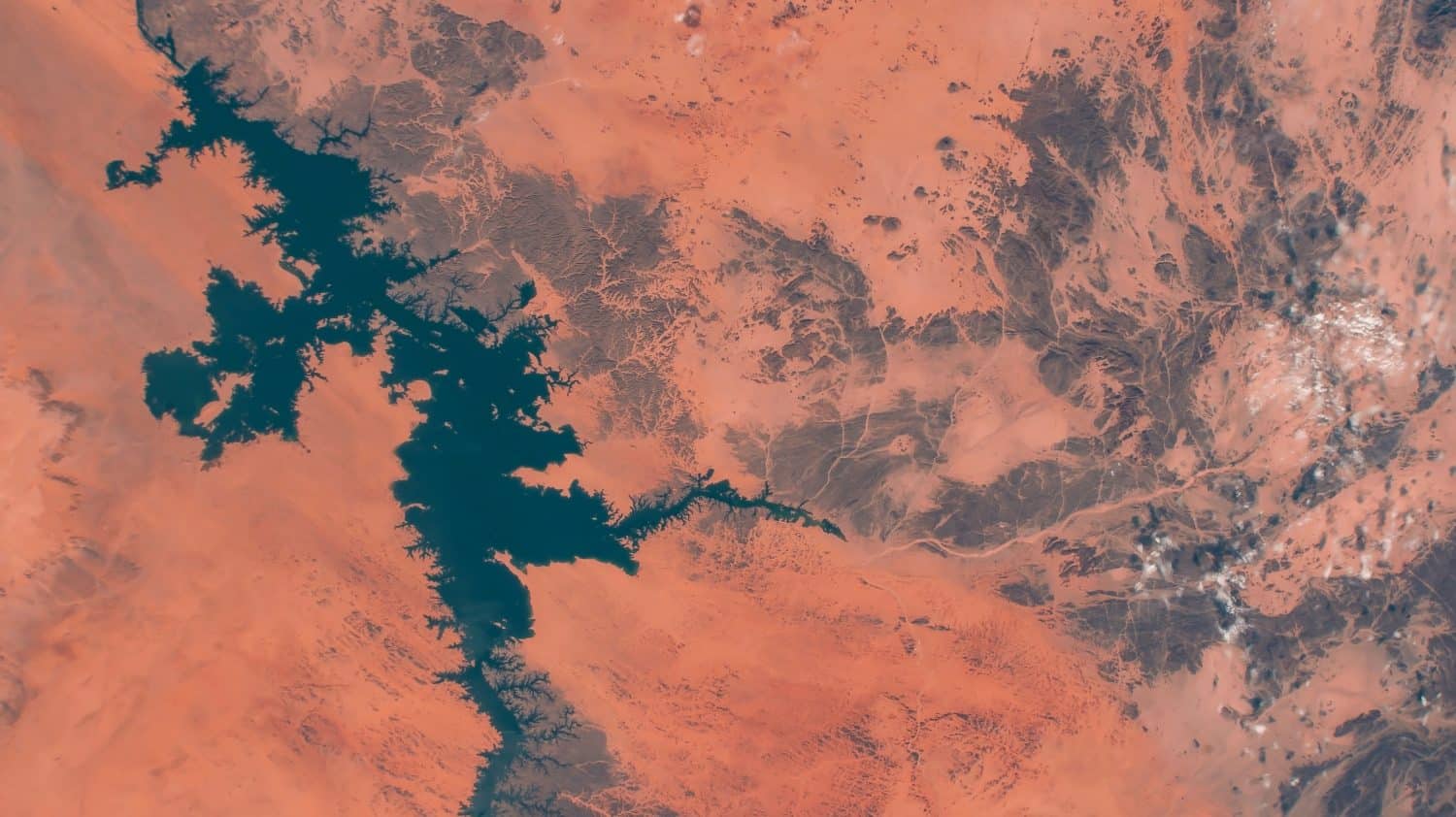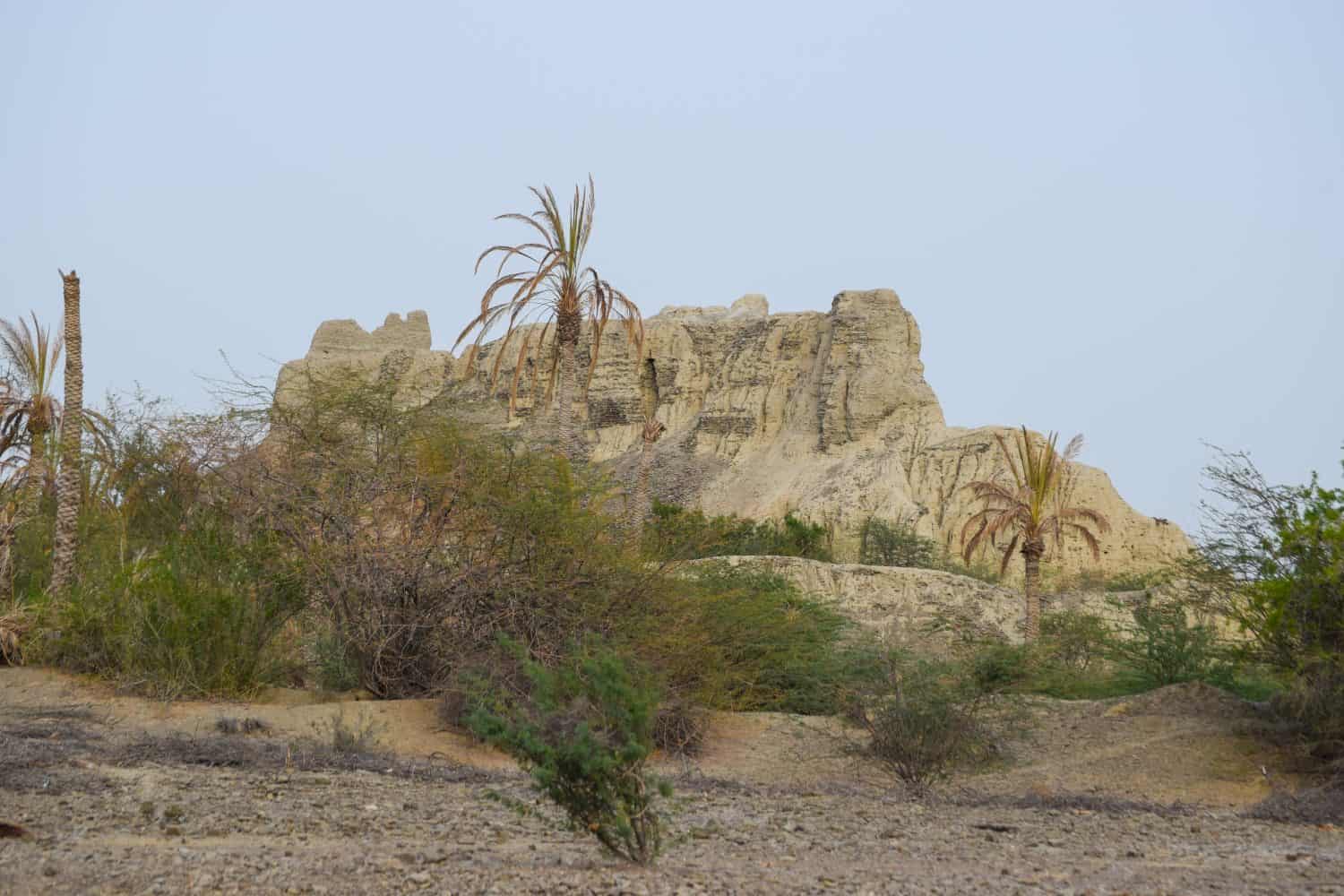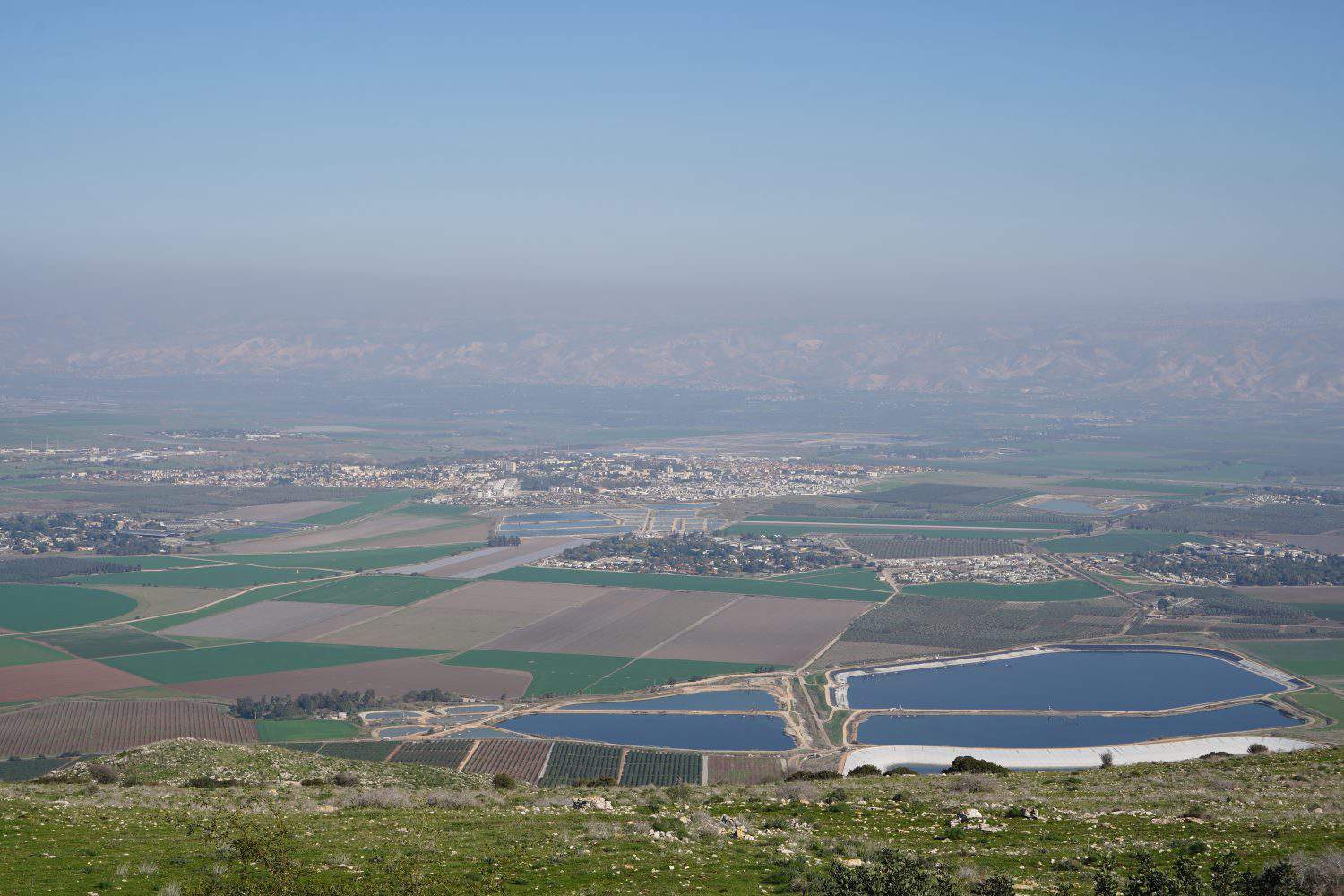
In the last week of July 2024, The Weather Channel’s heat index map of the United States is all red. It feels like 108 °F in the Southwest, but even in parts of the Dakotas people are enduring a sizzling 104 °F. However, even these oven-like conditions are a mild spring day compared to the hellishly hottest inhabited places on earth, which we’ve researched for you at the American Meteorological Society, the World Meteorological Organization’s World Weather and Climate Extremes Archive, and other authoritative sources.
24/7 Wall St. Insights
- The record-setting hottest inhabited places in the world are generally close to the Equator, but surprisingly, some are in southern Europe.
- The absolute hottest places on Earth are uninhabited. Satellite technology is revealing temperatures get far hotter in some remote areas than anyone ever imagined.
- Also: Discover “The Next NVIDIA”
Aside from Curiosity, What’s the Point?

Here are some of the practical uses for the information in this article:
- Finding out someplace else in the world is vastly hotter than where you live can help you feel more grateful for your circumstances. Gratitude is strongly correlated with feelings of happiness, so you could say, in a roundabout way, we’re spreading joy (sort of?)
- Some of the places on this list are popular vacation destinations, so this can alert you to the need to check the average temperatures and plan your travel dates so you don’t go at a miserable time of year.
- If you have the means to invest in medical care, water, and electrical infrastructure in some of these places you would be an honest-to-goodness hero, and maybe a little bit richer to boot.
- Finally, because in some places temperatures are nearing the limits of human survivability, this can be a wake-up call for the threat posed by climate change. Maybe you’ll consider lowering your carbon footprint and shifting your investments to climate-conscious industries.
10. Athens, Greece (118.4 °F)

Athens is one of the oldest cities in the world, with a history stretching back about 3,400 years. It has long been one of the premier tourist destinations in Europe and the Mediterranean. Today an astounding 6.4 million tourists visit the city every year. Although in a typical year, the average high temperature is a warm but bearable 90 °F, in 1977 the city hit one of the hottest recorded temperatures: 118.4 °F.
9. ‘Aziziya, Libya (118.4 °F)

23, 400 people live in ‘Aziziya, not far from the capital, Tripoli in the northwestern part of the country. The town benefits from being on a trade route from the coast to the Nafusa Mountains and areas further south. It was once thought that the town set a world record for the highest temperature, at 136.4 °F in 1922. Since then, that record has been rejected as inaccurate. The highest verified temperature recorded there was still a sizzling 118.4 °F tying the record set by Athens.
8. Siracusa, Italy (119.8 °F)

Syracuse is a historic Mediterranean port in Sicily, famous for its classical Greco-Roman culture. It also has significance in Christian history as a port where the Bible says the Apostle Paul visited. For these reasons and more, it is listed as a UNESCO World Heritage Site. Today about 125,000 people live there. Summer temperatures generally reach a high of 86 °F but in 2021 the thermometer topped out at 119.8 °F.
7. Rivadavia, Argentina (120 °F)

Rivadavia is a town in northern Argentina near the city of Salta and the border of Paraguay. It has a semi-arid climate with very hot summers. In 1905, it registered the highest temperature ever recorded in South America: 120 °F.
6. Oodnadatta, Australia (123.3 °F)

Only 204 people live in the remote outback town of Oodnadatta, Australia, but for a town of such modest size, there are a lot of interesting things to know about it:
- In 1960 it set a record temperature in Australia of 123.3 °F.
- The name of the town can be translated as “dead man’s poop.”
- It’s located on the Oodnadatta Track, an outback road tourists love.
- Between the 1880s and 1930s, camels and their drivers were stationed there for transportation before the roads and railways were built.
- When the railroad workers left, Aboriginal families moved into the houses and started an Aboriginal school.
- During World War II it was a base for the Australian military.
- There is a crater on Mars also named Oodnadatta.
5. Wadi Halfa, Sudan (127.4 °F)

The hottest temperature ever recorded in Wadi Halfa, Sudan, was an oven-like 127.4 °F, but more typically it reaches summer highest on average of a “mild” 105.8 °F. Fortunately, it is located on the shore of Lake Nubia, known in neighboring Egypt as Lake Nasser. This gives the town’s 15,700 residents ample water for drinking, irrigation, and cooling off.
4. Turbat, Pakistan (128.7 °F)

Located in southern Pakistan, Turbat is a city of over 210,000 people. The name of the city means “land of lovers” and historically it has been a center of Pakistani poetry, music, and religion. In 2017 it reached its highest recorded temperature of 128.7 °F.
3. Tirat Tsvi, Israel (129 °F)

Tirat Tsvi is a kibbutz in Israel that set a record-smashing temperature of 129 °F in 1942. Despite its baking temperature record, the kibbutz is located in a well-watered region: the Beit She’an Valley, which is part of the Jordan River valley. The valley is watered by the Jordan and several smaller streams and has abundant natural springs, making it a prime location for agriculture. In Hebrew, its name means “Valley of the Springs.”
2. Kebili, Tunisia (131 °F)

Kebili is an oasis town of over 150,000 people in southern Tunisia. Archaeological evidence indicates humans have lived in the area for 200,000 years. Over those millennia, the climate in the Sahara has fluctuated between semi-arid grassland and desert. It’s definitely in the desert stage now, with summer temperatures regularly hitting 105.7 °F and in 1931, reaching a record-breaking 131 °F.
1. Furnace Creek, California (134 °F)

You might think no one lives in Death Valley, California, but that’s not exactly true. The village of Furnace Creek is home to 136 people as well as the Death Valley National Park visitors’ center and museum. In 1913 the community set the record for the highest recorded temperature in the world: 134 °F. These kinds of records are measured by air temperature. However, ground temperatures can be quite a bit higher. In 1972, the ground temperature in Furnace Creek hit 201 °F— thought to be the highest natural ground temperature ever recorded.
Are These Really the Highest Temperatures on Earth?

If these record-breaking temperatures are enough to make you break out into a sweat, consider this: these may not actually be the hottest temperatures on the planet. They’re just the hottest ones that have been measured. Around the world in blazing deserts where no one is taking the temperature, it’s possible it’s soaring even higher than we realize. But remember too, not all hot places are bone-dry deserts like Death Valley. If you’d like to know more about some that are, check out this article: These Are the Driest Places on Earth.
Take Charge of Your Retirement In Just A Few Minutes (Sponsor)
Retirement planning doesn’t have to feel overwhelming. The key is finding expert guidance—and SmartAsset’s made it easier than ever for you to connect with a vetted financial advisor.
Here’s how it works:
- Answer a Few Simple Questions. Tell us a bit about your goals and preferences—it only takes a few minutes!
- Get Matched with Vetted Advisors Our smart tool matches you with up to three pre-screened, vetted advisors who serve your area and are held to a fiduciary standard to act in your best interests. Click here to begin
- Choose Your Fit Review their profiles, schedule an introductory call (or meet in person), and select the advisor who feel is right for you.
Why wait? Start building the retirement you’ve always dreamed of. Click here to get started today!
Thank you for reading! Have some feedback for us?
Contact the 24/7 Wall St. editorial team.


